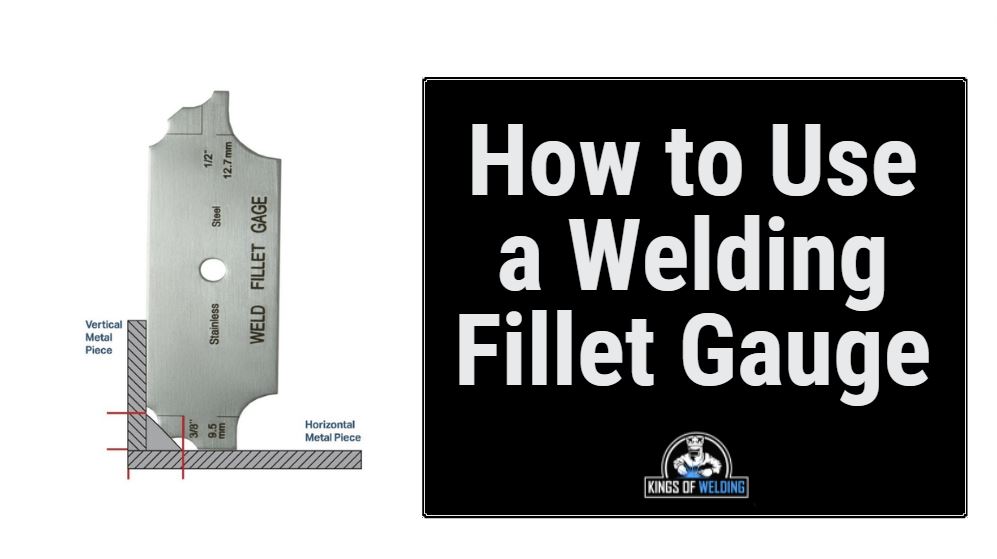Fillet Weld Layout Methods: Optimizing Joint Efficiency and Looks for Structural Integrity
In the realm of structural engineering and manufacture, the significance of fillet weld layout techniques can not be overstated. By thoroughly taking into consideration elements such as weld account optimization, material option, joint preparation strategies, welding process efficiency, and visual improvement producers, engineers and methods can attain a harmonious equilibrium between performance and look in their welded frameworks.
Weld Profile Optimization


Achieving an optimum weld account entails a thorough factor to consider of elements such as product density, joint configuration, welding position, and wanted welding rate. Additionally, the selection of proper welding criteria, such as voltage, present, and travel rate, is essential in managing the form and measurements of the fillet weld. Making use of sophisticated welding strategies, such as pulse welding or robot welding, can better improve the weld profile to satisfy specific layout requirements and top quality standards.
In significance, weld profile optimization is an essential aspect of fillet weld layout that directly affects the general efficiency and reliability of bonded joints in architectural applications.
Material Choice Considerations
When thinking about material choice for fillet weld design, the compatibility of the base metals is a critical factor affecting the structural honesty of the joint. It is important to choose products that not only bonded together efficiently yet also possess similar mechanical residential properties to ensure the load is uniformly distributed between the weld and the base metals. Welding materials with greatly different residential properties can cause problems such as tension concentrations, premature joint failing, or splitting.
Additionally, the setting in which the bonded framework will certainly run need to be taken into consideration when selecting materials. Factors like rust resistance, temperature fluctuations, and direct exposure to chemicals can all affect the long life and performance of the weld joint. By choosing products that appropriate for the designated application and setting, the general durability and integrity of the welded joint can be significantly enhanced.
Therefore, complete consideration of product compatibility and environmental aspects is critical in ensuring the weld joint's strength, resilience, and general structural stability.

Joint Prep Work Strategies
Thinking about the important role material option plays in making certain the architectural integrity of fillet weld joints, it is necessary to execute specific joint preparation techniques that optimize the link in between the base metals. Joint prep work is a vital step that straight affects the top quality and stamina of the weld. One essential strategy is the cleaning of base steels to remove any kind of pollutants like rust, oil, or paint that can endanger the weld's integrity. This can be achieved with techniques such as grinding, wire brushing, or chemical cleaning.
Moreover, proper fit-up of the joint is vital to guarantee uniform circulation of the welding product and protect against defects like insufficient penetration or excessive accumulation. Beveling the edges of the base metals can develop a groove that permits much deeper weld penetration and a stronger bond. Additionally, tack welding the components in area prior to the final weld helps maintain placement and decreases distortion throughout the welding process. By carefully following these joint prep work strategies, welders can boost the general performance and appearances of fillet weld joints while making sure structural sturdiness.
Welding Refine Effectiveness
Reliable welding procedures are necessary for attaining optimal performance and quality in fillet weld fabrication. Procedures like gas metal arc welding (GMAW) and flux-cored arc welding (FCAW) are typically utilized for fillet welds due to their convenience and rate.
Normal calibration of welding machines, evaluation of consumables, and maintenance of welding lanterns can prevent downtime and revamp, inevitably saving time and resources. Trained welders are more adept at changing criteria, repairing issues, and preserving consistent weld high quality.
Aesthetic Improvement Methods
To maximize the quality of fillet weld manufacture, carrying out aesthetic improvement look at these guys approaches can play a critical role in ensuring precision and accuracy during the welding procedure. Aesthetic aids such as weld size gauges and magnifying lenses can assist in analyzing weld accounts and dimensions accurately. By incorporating these visual enhancement techniques right into the welding process, welders can accomplish not just structurally audio fillet welds yet additionally visually attractive results that fulfill market standards.

Conclusion
Finally, optimizing fillet weld design involves careful consideration of weld profile, product option, joint prep work, welding process effectiveness, and visual improvement approaches. By implementing these methods, structural stability can be improved while additionally accomplishing visual appeal. It is essential to focus on both efficiency and aesthetic appeals in fillet weld design to guarantee the overall quality and durability of the joint.
By thoroughly taking into consideration factors such as weld profile optimization, material option, joint prep work methods, welding Learn More Here procedure performance, and visual improvement methods, designers and producers can achieve an unified equilibrium between capability and look in their bonded structures.In the world of fillet weld layout, enhancing the weld profile plays an essential function in making go to this web-site sure architectural stability and efficiency. The weld account, which includes the size and shape of the weld cross-section, straight impacts the circulation of tension and load-bearing ability within the joint. It is necessary to select materials that not just bonded together efficiently yet likewise possess similar mechanical residential properties to make sure the lots is evenly distributed in between the weld and the base metals - Gauge Fillet Weld.In final thought, maximizing fillet weld layout entails careful consideration of weld account, material option, joint preparation, welding process efficiency, and visual improvement techniques